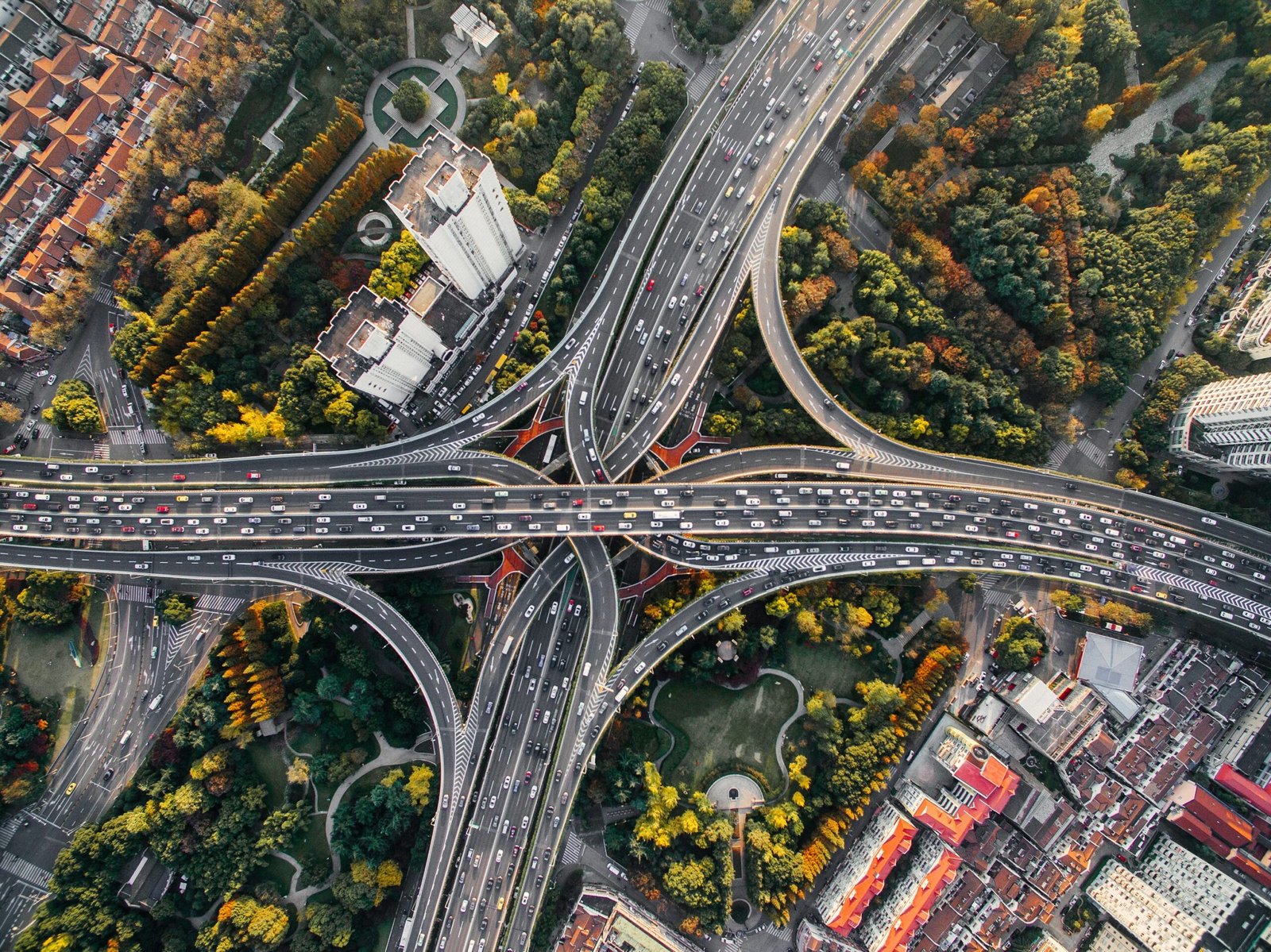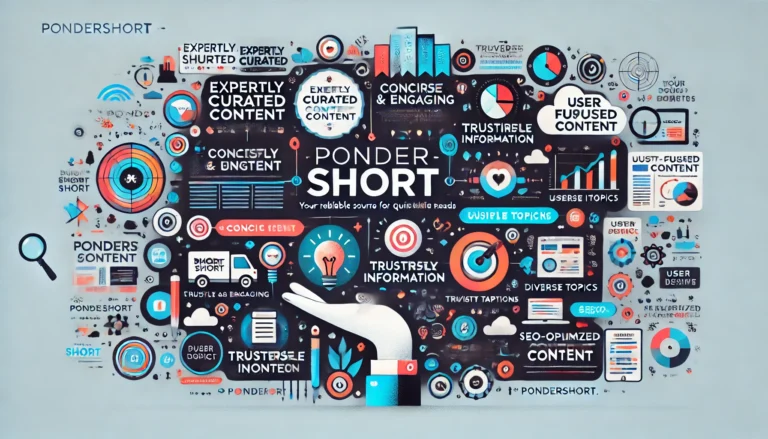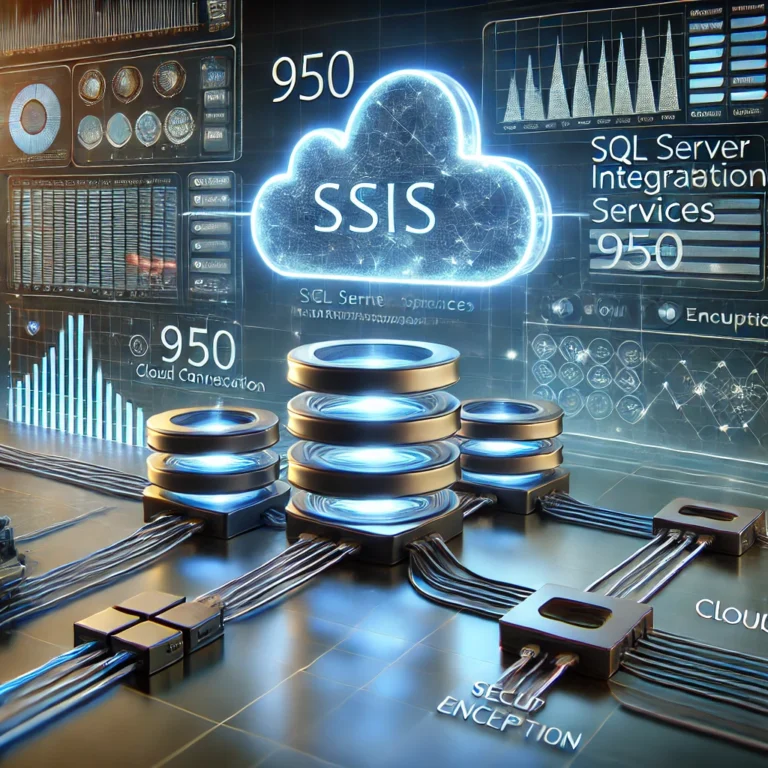Global Traffic Technologies: Revolutionizing Smart Transportation Systems
Efficient transportation systems are the backbone of any thriving city. As urban populations grow and traffic congestion increases, the need for advanced solutions has never been greater. This is where global traffic technologies step in, offering innovative tools to streamline traffic, improve safety, and enhance overall transportation efficiency. This blog delves into the various aspects of global traffic technologies, their benefits, real-world applications, and future potential.
What Are Global Traffic Technologies?
Global traffic technologies refer to a range of advanced systems and tools designed to optimize traffic flow and enhance urban mobility. These technologies leverage cutting-edge innovations such as artificial intelligence (AI), the Internet of Things (IoT), and vehicle-to-infrastructure (V2I) communication to address common transportation challenges.
Key examples of global traffic technologies include:
- Intelligent traffic signals that adjust in real time based on traffic flow.
- GPS-enabled tracking systems for efficient fleet management.
- Emergency vehicle prioritization systems that clear paths for ambulances and fire trucks.
By integrating these tools, cities can achieve smoother traffic movement, reduced congestion, and safer roads. Lucent Technologies: The Legacy, Innovations, and Impact on Modern Telecommunications
Key Components of Global Traffic Technologies
To understand how global traffic technologies work, it’s essential to explore their core components:
- Smart Traffic Lights: These use real-time data to adjust signal timings, reducing wait times and minimizing congestion.
- Connected Vehicles: Vehicles equipped with sensors and communication devices can share data with infrastructure to improve traffic management.
- AI-Powered Analytics: Advanced algorithms analyze traffic patterns to predict congestion and suggest alternative routes.
- IoT Devices: Smart sensors monitor road conditions and provide insights for better traffic planning.
These components collectively create a dynamic and responsive transportation ecosystem.
Benefits of Global Traffic Technologies
The adoption of global traffic technologies brings a plethora of benefits, including:
1. Reduced Congestion
By dynamically adjusting traffic signals and optimizing vehicle movement, these technologies significantly reduce congestion in urban areas. Adaptive systems can prevent bottlenecks and ensure a smoother flow of traffic.
2. Enhanced Safety
Global traffic technologies improve road safety by minimizing accidents caused by human error. For instance, AI-driven systems can detect potential hazards and alert drivers in real time.
3. Environmental Sustainability
Reducing idle time at traffic signals and optimizing routes leads to lower fuel consumption and reduced carbon emissions. These technologies contribute to creating greener cities.
4. Increased Efficiency
Public transportation systems also benefit from global traffic technologies. Real-time tracking and route optimization ensure that buses and trains operate efficiently, reducing delays and improving passenger satisfaction.
Real-World Applications of Global Traffic Technologies
Cities around the world have embraced global traffic technologies to improve their transportation systems. Here are some notable examples:
- Los Angeles, USA: The city uses adaptive traffic signal control systems to monitor and adjust traffic flow, reducing travel times by up to 12%.
- Singapore: Known for its smart city initiatives, Singapore employs AI-driven traffic management systems to optimize its public transportation network.
- Copenhagen, Denmark: The city integrates bike-friendly traffic signals with its global traffic technologies, promoting eco-friendly transportation.
These success stories highlight the transformative potential of these advanced systems.
Mastering the AWS Pricing Calculator: Simplify Your Cloud Cost Management
Challenges in Implementing Global Traffic Technologies
Despite their numerous benefits, adopting global traffic technologies comes with challenges:
- High Costs: Initial investment in infrastructure and technology can be significant, making it difficult for smaller cities to implement these systems.
- Integration Issues: Merging new technologies with existing infrastructure requires careful planning and execution.
- Privacy Concerns: Collecting and using real-time data raises questions about data security and privacy.
Addressing these challenges requires a collaborative approach between governments, private enterprises, and technology providers.
Future Trends in Global Traffic Technologies
The future of global traffic technologies is promising, with advancements set to revolutionize transportation systems even further. Emerging trends include:
- Autonomous Vehicles: Self-driving cars will integrate seamlessly with traffic systems, reducing human errors and enhancing efficiency.
- 5G Connectivity: Ultra-fast internet speeds will enable real-time data sharing between vehicles and infrastructure, improving traffic management.
- Predictive Analytics: AI will become more sophisticated, allowing for better prediction and prevention of traffic congestion.
As these trends unfold, global traffic technologies will play a pivotal role in creating smarter and more sustainable cities.
FAQs:
Q: What are global traffic technologies?
A: They are advanced systems that use AI, IoT, and other innovations to optimize traffic flow and improve urban mobility.
Q: How do global traffic technologies reduce congestion?
A: By using real-time data and adaptive systems, these technologies adjust traffic signals and optimize vehicle routes to prevent bottlenecks.
Q: Are global traffic technologies environmentally friendly?
A: Yes, they reduce fuel consumption and carbon emissions by optimizing traffic movement.
Q: What challenges do cities face in adopting these technologies?
A: High costs, integration with existing infrastructure, and privacy concerns are some of the major challenges.
Conclusion:
Global traffic technologies are paving the way for smarter, safer, and more efficient transportation systems. By leveraging innovations like AI, IoT, and connected vehicles, cities can tackle the challenges of congestion and sustainability. As these technologies continue to evolve, they promise to revolutionize urban mobility and create greener, more livable cities.







